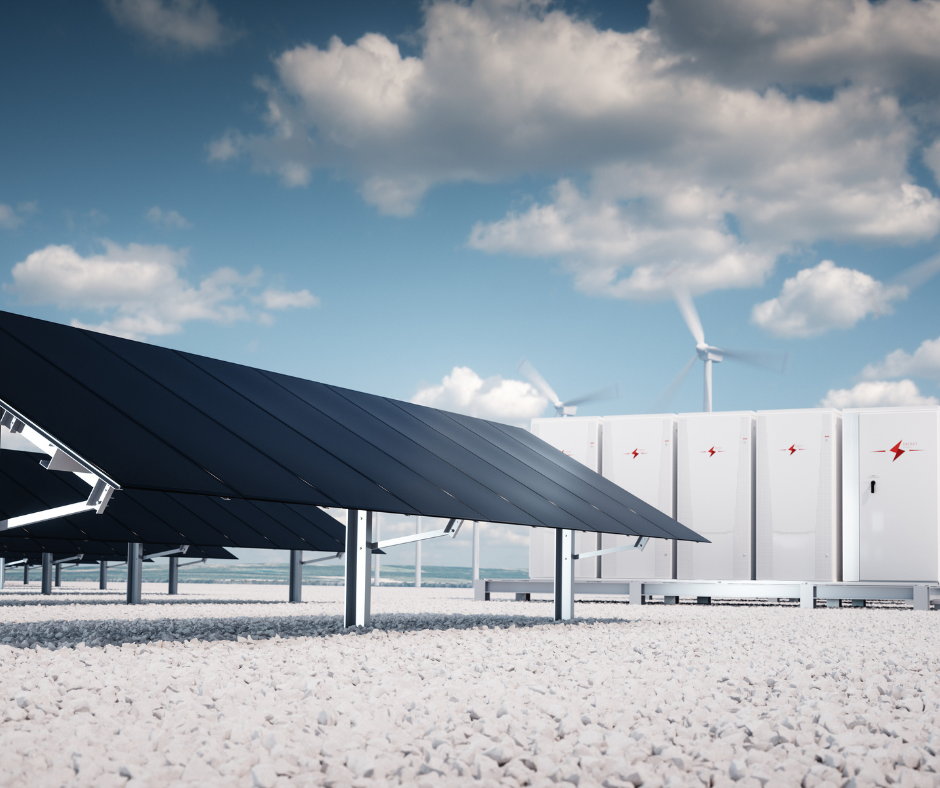With Enel X announcing the installation of battery storage systems in shopping centres in Melbourne and on the NSW central coast, this year may see a shift in the energy market as we transition from coal and gas to renewables and storage.
Recently AEMO’s CEO Daniel Westerman said, ‘even after factoring the cost of new transmission lines, wind and solar remain by far the cheapest forms of new power generation’.
Key federal policies have underpinned the need to progress an increase in renewable energy. Growth in renewable energy is dependent on the growth of storage to be fully utilised and the need for greater transmission infrastructure is required to link the projects to the end users.
The announcement of the Net-zero emissions target of 43% of 2005 levels by 2030 have pushed other mechanisms to also ramp up across the country. The key federal mechanism is the Safeguard Mechanism, which targets the emissions reduction for Australia’s largest emitting facilities. In line with the Safeguard mechanism the 82% renewables energy target in the National Electricity Market (NEM) by 2030 is also incentivising renewable generation. As both these drivers will require more renewable energy to be rolled out to offset the thermal generation, more storage will be required to compensate for the intermittency of renewable generation and an increase in transmission lines will be required to connect the renewable energy projects with storage and end users.
AEMO has for many years been looking at a fundamental shift in generation, transmission and energy usage. AEMO is now focusing on firming, Electric vehicles and the regulatory framework to enable these changes to occur.
In recent years we have regularly seen that the NEM has the potential to operate with very high levels of renewables, but the limiting factor still remains that thermal generation provides reliability and system security when the wind is not blowing or the sun is not shining. At the end of December, South Australia produced 104% of its demand with renewable energy and exported the extra electricity to neighbouring regions.
With most states striving for high renewable energy targets, Victoria is hoping to reach 95% renewables by 2035 and Queensland has increased its target to 80% renewables by 2035.
With the recent volatility in the overseas energy markets, in which Australia is a pivotal player in due to the large quantities of coal and gas we export, there is now a greater incentive to shift away from thermal generation due to the volatility and high prices.
AEMO reports show there is currently 21GW of new projects undergoing connection assessment and they expect 5GW of new capacity to be added during FY2023, in addition to the 4GW currently operating.
To assist this influx in renewable generation ARENA granted $176m in December 2022 to fast track 8 new battery projects to bring in 2.0GW/4.2GWh of storage. The plan is to triple the battery storage across the NEM by 2025.
Over the next year we will also see more transmission lines connecting the nation as more renewable energy zones are connected to the load centres under the Rewiring the Nation policy.
The first transmission projects to receive Rewiring the Nation funding were announced following the October 2022 Federal budget. Recently funded projects include the VNI NSW-Victoria interconnect, Marinus Link and various NSW transmission projects connecting the renewable energy zones. This funding will assist in building the transmission lines over the next 10 years.
If your business is interested in wholesale or retail renewable PPAs we’d love to help you. Contact us on: 1800 334 336 or email: info@edge2020.com.au
